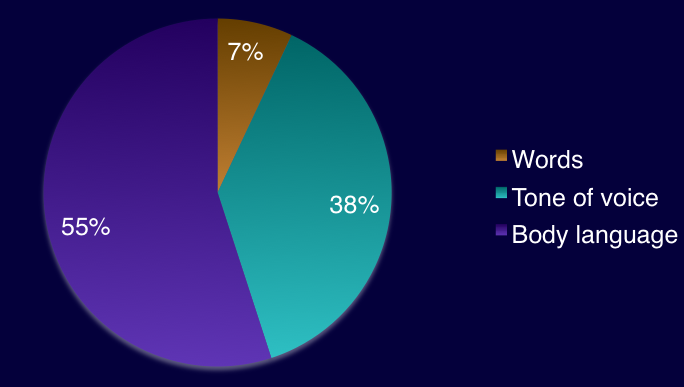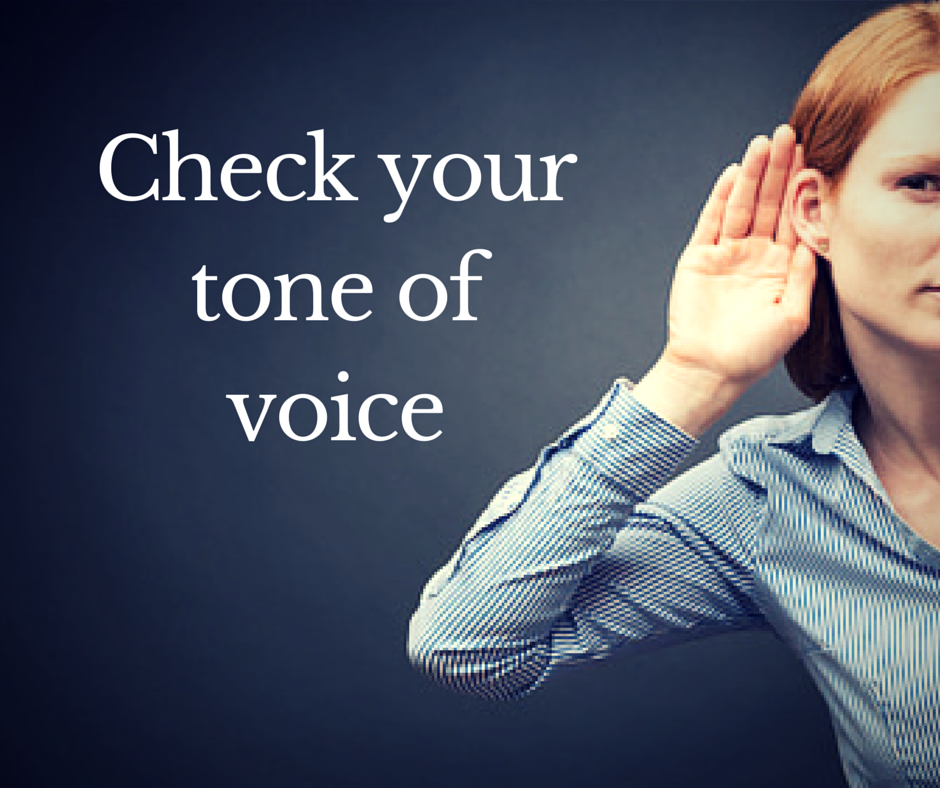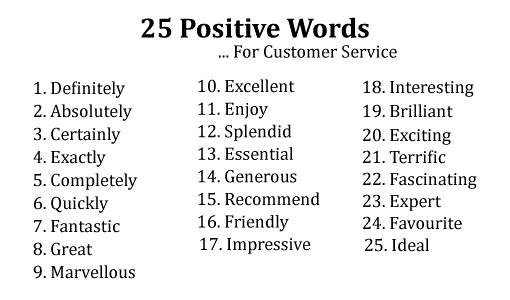Positive verbal and non-verbal ways of communicating with customers.
Why are body language and tone are so important?

It’s more likely that the receiver will trust nonverbal forms of communication than the literal meaning of words.
According to Albert Mehrabian’s study, people trust tone and gestures (38% and 55%), rather than words (7%). It is known as the 7%-38%-55% rule and is one of the essential theories proving that body language can be more important than the actual words.
Body language (55%)
Imagine that you made a purchase with a delivery, but it turned out that they sent your order to somebody else. You’d expect a refund and an apology, right?
And now, imagine that there are two customer service assistants and both of them are apologising to you. First of them is standing in front of you and he says, “I’m very sorry.” They sustain the eye contact. Their facial expressions show they engaged in the conversation. They use open gestures. I guess you’d accept the apology.
But what would happen if the other said “I’m very sorry that happened,” but they are staring at the computer screen at the same time, making no eye contact? I don’t know how about you, but I would be upset to be treated like that.
People rather analyse your gestures than words. Therefore, here are a couple of tips on how to control your body and send positive signals to customers ->>>
- Always smile when you greet or talk to customers. Even if you are speaking on the phone and customers can’t see you, it makes a huge difference in your voice tone and they will hear you smiling.
- If you sell in-person, learn to maintain eye contact.
- Sit or stand up straight when talking with the customer.
- Don’t cross your arms or legs.
- Remember to relax your shoulders.
- The most critical and difficult part is always to try to think positively. Negative thoughts come through in a body language!
Tone of voice (38%)

According to Vertical Response study, 65% of customers prefer a casual tone to a formal one.
Using friendly tone in neutral situations is much more appreciated. It makes the whole customer service experience more personal and improves the relationship with the audience.
Even if you have to say something that might not please a customer, your tone will help you to convince the customer that you’re sorry and calm them down.
Of course, we need to assess when being casual is too casual.
Instead of using slang words, it’s safe to stick to natural language. Also, remember to tailor your tone to the situation. It’s not a good idea to start an informal chat when the customer complains. If a case is sensitive, if your customer is upset, if you have to apologise or deny customer’s request, you should rather go formal.
Positive customer service words (7%)
It’s simple to be positive when you can process customers’ requests. Things get complicated when a customer asks you for something you cannot do because:
• You do not know how to do it.
• You are not allowed to do it.
• It is temporarily impossible to do it.
In such a situation you will have to inform them that their request cannot be fulfilled — and you must resolve it positively so that your customer doesn’t get upset.
The most important rule of verbal communication is to forget “no,” “can’t” and “don’t” as these are the worst words that can be said to a customer.
If you have to tell your customer that a red dress is unavailable, as them if they would like to check it out in a different color. If they want it to be red, you can find out a similar model and suggest checking it. It’s all about you showing to the customer that you’re willing to help.
Positive and negative words in customer service


